It’s common knowledge that without gasoline, your car will not work because it is like the food that fuels your vehicle. However, it’s the car battery that serves as the spark of life because it is the one that gets it going in the first place. The battery is responsible for the initial jolt; without it, your vehicle will most probably be a multi-ton paperweight.

The battery is responsible for the initial jolt
But take note that there are particular exceptions where it is possible to start a vehicle without a battery. Also, some small engines do not even use batteries. But the fact remains that if your car battery stops working or dies, you won’t be going anywhere fast.
You don't want that to happen, do you? That's why it's always crucial to check if it is already losing its power. Philkotse.com will help you in diagnosing a dead car battery. Read on to find out!
Signs of a dead car battery
A dead battery can show various values of the dead, so remember that the exact signs will be different in each situation. Here are some of the symptoms of a dead car battery, so if your vehicle exhibits any of the following, most probably, you are already dealing with a dying or dead battery.
1. The dome light is not functioning when you open the door or no door chime when you insert the keys
Totally dead batteries will not illuminate the dome light or will not create a chime at all. A really weak car battery will show you a dim dome light. However, other alternate causes for these can be a faulty fuse or door switch.
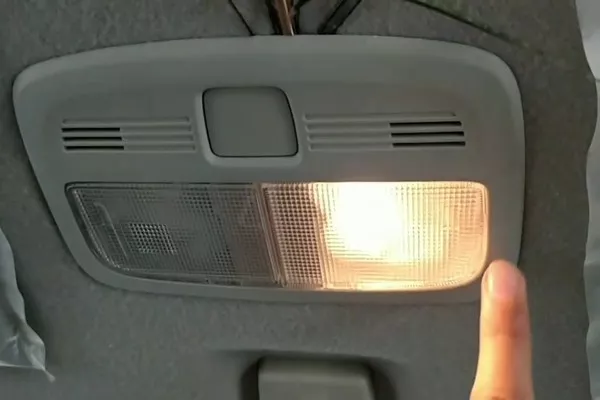
Totally dead batteries will not illuminate the dome light
>>> Check out: What you need to know about a dying car battery
2. Radio and headlight won’t turn on, and/or the headlights are dim
If the radio or the headlights of your car won’t turn on and your vehicle won’t start as well, a dead battery is usually the main issue.
Alternate causes can be wiring issues, corroded battery connections, and a blown main fuse.
3. Nothing happens when you turn the ignition key
When you turn the ignition key, and you don't feel or hear anything at all, it's an indication that the car battery is totally dead.
In other cases, it can also be because of a faulty fusible link, ignition switch, starter, or other components.
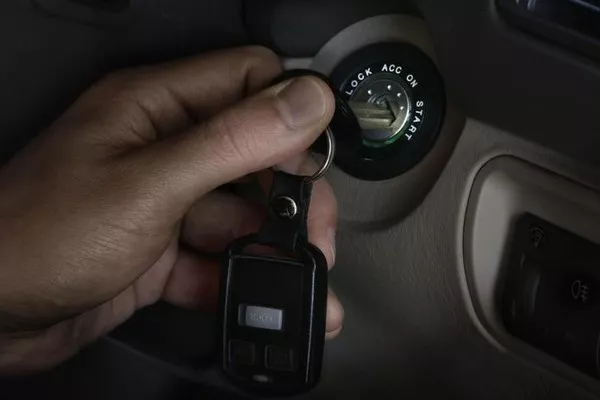
When you turn the ignition key, don't feel or hear anything at all, it's an indication that the car battery is totally dead
4. The starter motor can be heard when turning the ignition key, yet the engine does not start
When the starter motor cranks really slowly and sounds labored, or it cranks for several times, then stops completely, then most probably the battery is dead. In other circumstances, the starter can be faulty and tries to induce more current than what the battery can provide.
If you notice that the starter cranks at average speed, it could mean that you have a spark or fuel issue. Other alternate causes include a bad starter motor or lack of spark or fuel.
>>> Make sure you know: Car Won't Start? Here's a list of possible car starting problems
5. You can't start the car in the morning without a jump, yet it starts fine later in the day
This issue can be because of an underlying issue; an example is a parasitic drain. It can be the one responsible for killing your car battery overnight. In this case, you will need to replace the battery; however, the only means to solve the issue is to look for the root cause of the drain.
There are possible alternate causes in this situation. It includes extremely cold weather wherein the battery's ability to deliver on-demand current to a motor starter decreases. If this is the case, you can fix the problem by choosing a battery with a higher cold cranking amps rating or replacing the old one with a new battery.
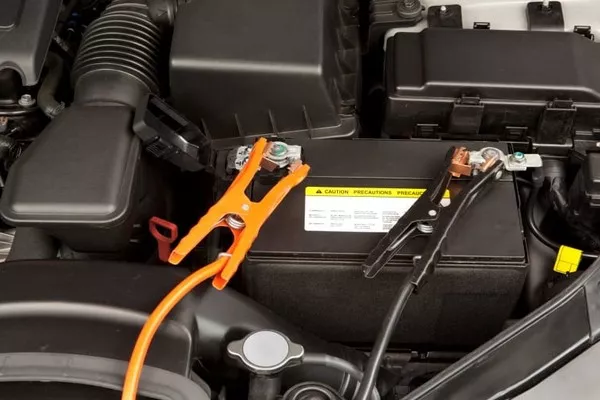
If you can't start the car in the morning without a jump, it might be because of a parasitic drain
What actually happens when the battery dies?
Most of the issues we mentioned earlier are related to a faulty car battery. However, most of them are caused by underlying problems. In the said cases, you can solve the issue by fully charging the car battery and fixing any unrelated problem. But in reality, the battery undergoes irreversible damage each time it dies.
A fully charged car battery has lead plates that are dissolved in a mixture of sulfuric acid and water. When the battery discharges, the sulfur is brought out of the battery, and the lead plates will be coated in lead sulfate.
But this process is reversible. That's why it is possible to discharge and charge a lead-acid type of battery. If you connect it to a battery charger or if the alternator supplies current to the battery when the engine is working, the majority of the lead sulfate coating on the lead plates will revert to the liquid electrolyte. The hydrogen will also be discharged at the same time.
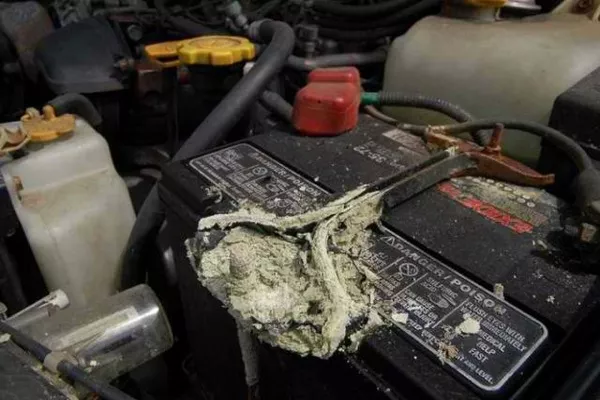
Most of the issues we mentioned earlier are related to a faulty car battery
Although it is possible to reverse the process, it only has a limited number of discharge and charge cycles. You should keep in mind that a battery only has a limited number of occurrences it can totally die. So, it's not uncommon to find that even if you have already fixed the underlying problem, you will still need to replace a battery that's been charged or jump-started from dead for so many times.
>>> Tips for you:
- How to keep car battery from dying and everything you need to know
- Will a dead and dying battery destroy your cars’ alternator?
How to determine if a dead car battery is really dead
Another critical issue about car batteries is its voltage. If the voltage falls to about 10.5 volts, it indicates the lead plates are nearly completely coated in lead sulfate. If you discharge it below this limit, it can permanently destroy your battery. In this case, it may not be possible to charge it fully, and the full charge may not last for too long.
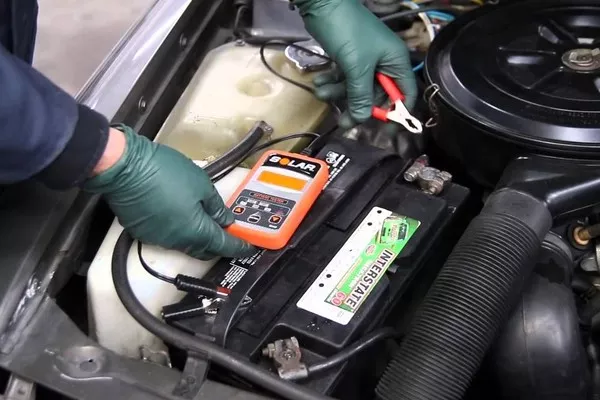
If the voltage falls to about 10.5 volts, it indicates the lead plates are nearly completely coated in lead sulfate
>>> Very important: 7 factors that affect your car's battery life expectancy
Take note that if you leave the battery dead, it can result in a more severe problem. It is because the lead sulfate can gradually develop into hardened crystals. And this buildup can not be broken down by the current coming from the alternator or by a standard battery charger. At this point, the only choice you have is to replace the battery.
Recent posts
- Do you think you know all different types of car battery? Jan 05, 2021
- Everything you need to know about battery electrolytes Dec 31, 2019
- [Philkotse tips] Installing an auxiliary battery: How safe is it? Aug 16, 2022
- Main battery or second battery: Helpful info you need to know Aug 16, 2022
- The Best Method on How to Clean Car Battery Terminals Oct 27, 2021












